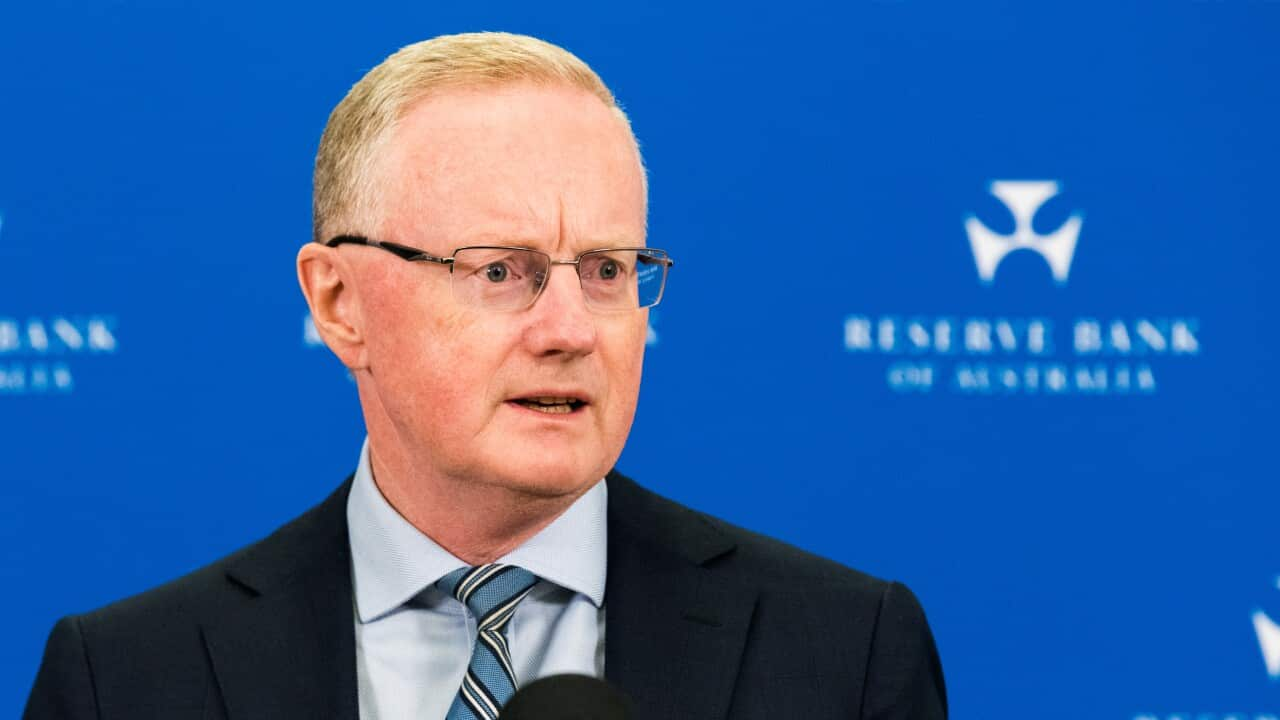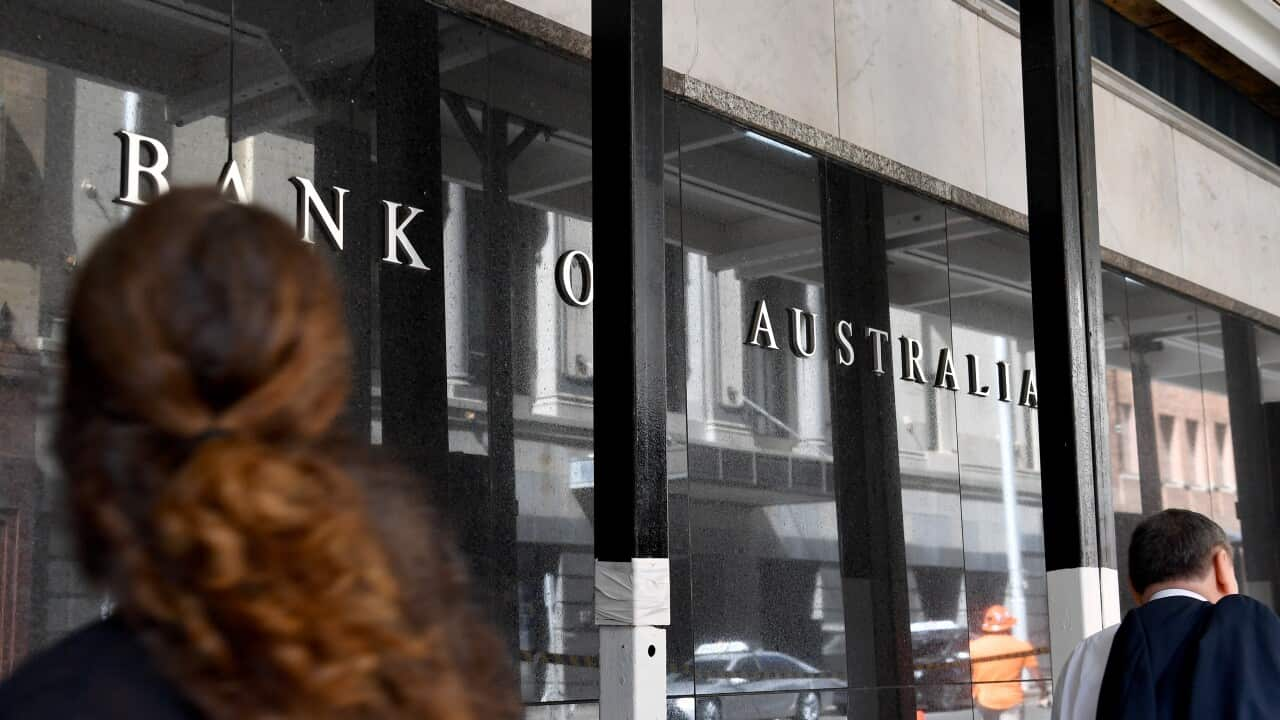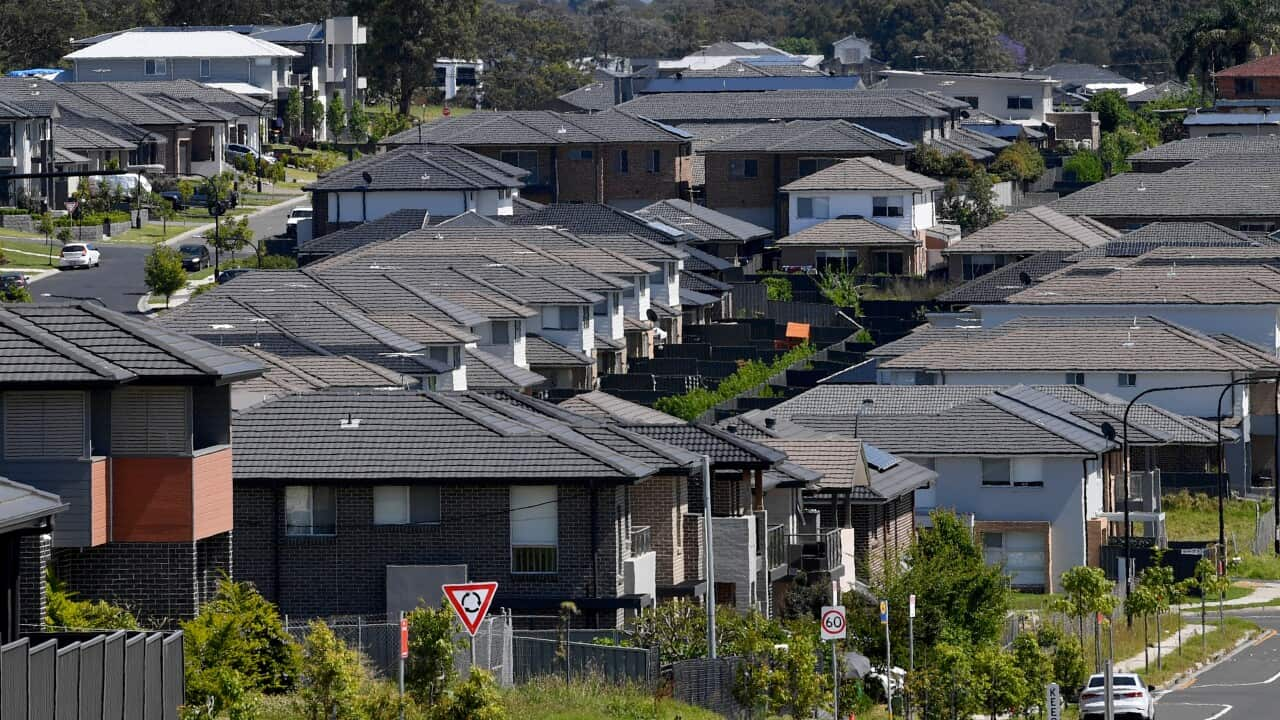Key Points
- The Reserve Bank of Australia is facing a major overhaul following an independent review.
- The recommended changes include removing RBA's power to direct the lending policies of private banks.
- An expert says Australians should “not be under any illusions” the changes will result in lower interest rates.
After months of interest rate rises and growing public frustration, the Reserve Bank of Australia is facing a major overhaul following an independent review.
On Thursday, federal treasurer Jim Chalmers released a suite of recommendations, including stripping the current RBA board of its power to set interest rates, instead allocating the responsibility to a separate board.
The change is one of 51 designed to ensure the country's central bank is "fit for the future".
So what is changing at the RBA, what does it all actually mean, and how will the recommendations impact interest rates and the average Australian?
Here's what you need to know.
What is the RBA and how does it operate?
The RBA is Australia's central bank, and is responsible for contributing to the country's financial stability and setting monetary policy, including interest rates.
It is also responsible for issuing Australia's banknotes, providing bank services to the government as required, and managing the country's gold and foreign exchange reserves.
The RBA is governed by a board comprised of a governor, deputy governor, secretary to the treasury, and six non-executive members, who are appointed by the treasurer.
The RBA bases its monetary policy on the cash rate, with proposed decisions discussed at board meetings.
Mr Lowe has said members reach a consensus before changes are announced to the public.
What are the recommended changes?
The review has called for a more transparent operation, with press conferences held after every meeting and board members speaking publicly on occasion.
As well as having fewer meetings to free up time for strategic decision-making, the reviewers recommended creating more opportunities to hear from RBA staff.
Their investigation uncovered a culture of staff members pressured to align with the views of their direct managers and senior leaders, creating a risk of "groupthink" on key issues.

Philip Lowe was announced as Governor of the Reserve Bank of Australia in 2016 by then-treasurer Scott Morrison. Source: Getty / Lisa Maree Williams
The new panel will meet eight times a year — instead of monthly — to allow more time to consider issues.
The review recommended a separate "governance board" with an external chair should be appointed to oversee strategy, finances, staff planning and risk management, but it would have no role in monetary or payments policy or financial stability.
It also recommended the inflation target of two to three per cent should be retained, while the RBA's power to direct lending policies of private banks should be removed.
How will the changes impact Australians?
The RBA's decisions regarding interest rates and inflation impact all Australians, with effects rippling through the country's economy.
Those who have a mortgage, as well as new borrowers and many businesses, are directly impacted by interest rate rises.
Shane Oliver, chief economist and head of investment strategy at AMP, said those who don't hold mortgages also feel the impacts.
"It can impact the economy more broadly through the so-called wealth effect; as interest rates rise, shares and property values fall, which makes people feel poorer, so they spend less," Mr Oliver told SBS News.
"Changing interest rates can also change the value of the Australian dollar."
He says everyday Australians will not necessarily feel any immediate difference from the changes to the RBA's structure, though they should “not be under any illusions” that it will result in lower interest rates.
“The benefit of having a separate committee is if it is comprised of experts. They would be in a better position to question the recommendations of the RBA,” he said.
“But whether it would result in different outcomes remains to be seen … it may not result in any change at all … just that a different committee would be involved.”
ACTU secretary Sally McManus said there was a need for a greater diversity of viewpoints on the board and labour market expertise, in particular.
"The board needs members such as former Fair Work Commission president Iain Ross who understand real-world wage setting systems and the relationship between wages, unemployment and inflation," she said.
Australian Council of Social Service chief Cassandra Goldie said the appointments were welcome and necessary, but other expertise was also needed on the board.
"The diversity must include representation of the interests of people who are the most disadvantaged, outside the labour market and struggling the most to deal with inflation and unemployment," she said.
"We also need to see community and human services sector perspectives reflected, recognising that our sector is likely to be one of the major areas of growth in employment and the economy."
Why was the RBA under review?
The review of the RBA was announced by Mr Chalmers in July 2022, with the RBA attracting increasing public scrutiny over cash rate rises, interest rate rises and inflation.
Before the rate rises began, Mr Lowe had indicated he did not expect rates to increase until 2024.
Australians were then hit with 10 consecutive interest rate hikes after May 2021.
Mr Oliver says the financial stress stemming from rising interest rates, coupled with the miscommunication, have been key sources of discontent.
"They could have come out earlier and corrected the misperception and qualified it more carefully," he said.
Mr Lowe has since apologised.
The treasurer said he wanted to ensure the RBA is as "strong and effective as it can be".
"My goal here, throughout, is a world-class central bank which is more effective, more transparent and more independent, calling on more expertise to make its important decisions," Mr Chalmers said.
"We want to make sure that Australia's monetary policy framework delivers the right decisions and makes the right calls for the Australian economy and for the Australian people."
Mr Chalmers said Mr Lowe and the RBA had a "difficult job to do".
"I will not second-guess or take shots at the Reserve Bank board or the governor for recent decisions," he said.
"I cherish the independence of the Reserve Bank, and I take my job seriously and I know that the Reserve Bank governor and the board have a difficult job to do as well."
What happens next?
The Labor government will aim to legislate to create the two boards and shadow treasurer Angus Taylor has signalled his willingness to back sensible reforms.
"I’ve sought to make this process as bipartisan as possible and I appreciate the government has too," Mr Taylor said.
"I think the result is a good step in the right direction. We know we need a strong, independent, credible, capable central bank in this country."
The new appointees and existing members will be allocated across the two new boards, provided the two-board system is legislated and finalised by the middle of 2024.
The new legislation will also seek to remove the government's right to veto the RBA's decisions.
-Additional reporting by AAP













